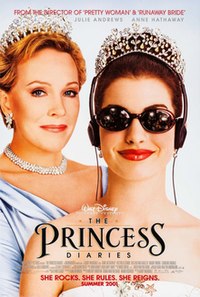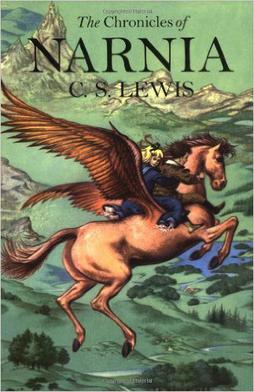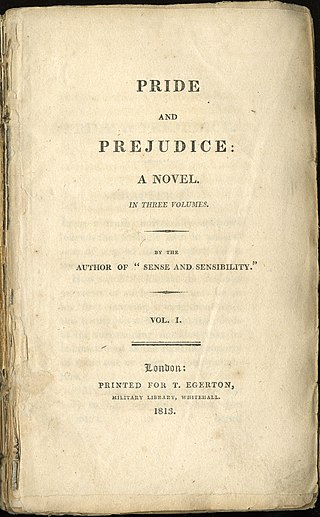Lists


2 Music Artists
Favorite Composers
Sort by:
Recent Desc
More lists by Emilie



Favorite musicians
List includes: Flyleaf, Skillet, Frank Sinatra
April 2020
0
@rubygirl645



Very Favorite Movies
List includes: Toy Story, The Chronicles of Narnia: The Lion, the Witch and the Wardrobe, The Lord of the Rings: The Two Towers
April 2020
0
@rubygirl645



Really Good Movies
List includes: Jurassic Park, Penelope, The Princess Diaries
April 2020
0
@rubygirl645



Favorite TV Shows
List includes: Pride and Prejudice, Sherlock, Girl Meets World
April 2020
0
@rubygirl645



Favorite Books
List includes: The Chronicles of Narnia, pride and prejudice, Sense and Sensibility
April 2020
0
@rubygirl645